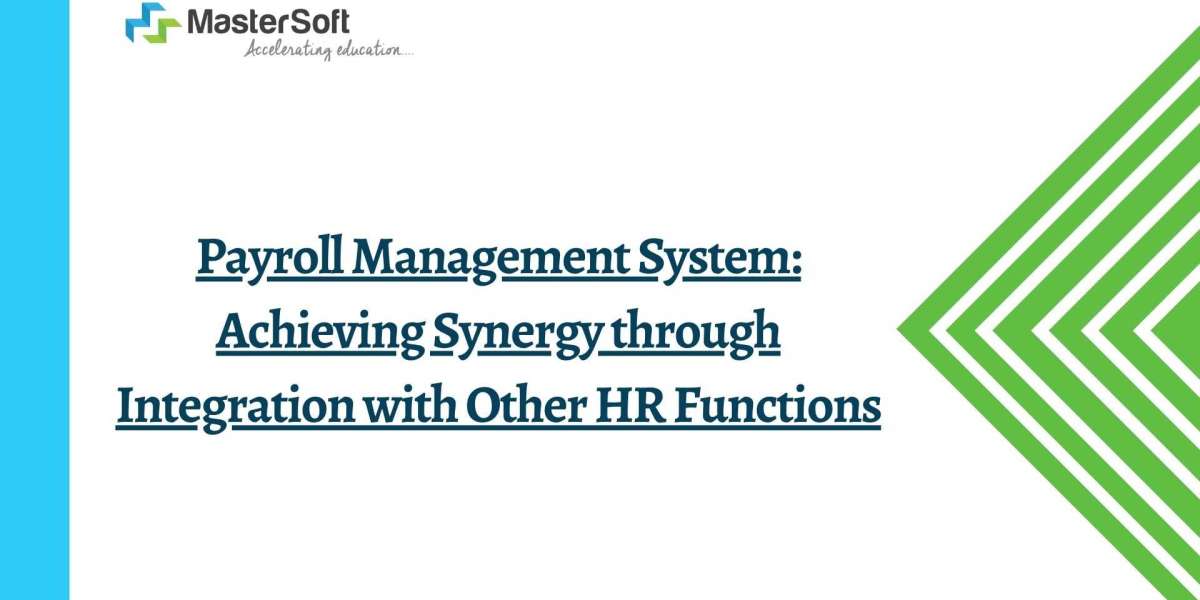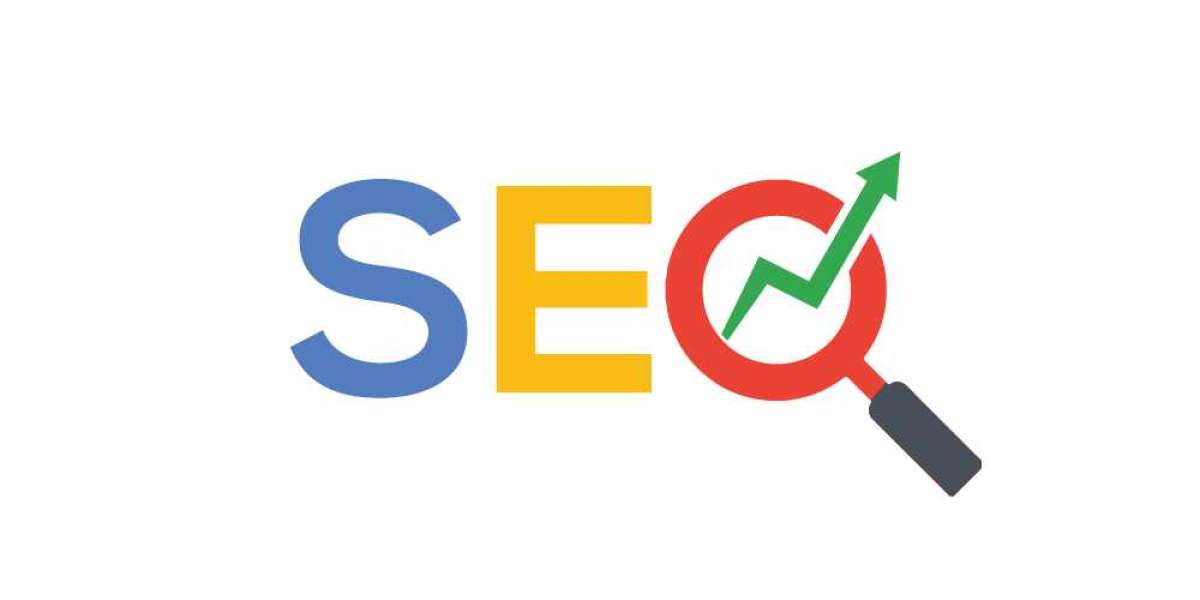In the ever-evolving realm of Human Resources (HR), the Payroll Management System stands as a linchpin, playing a pivotal role in ensuring timely and accurate compensation for employees. However, its impact extends far beyond merely processing paychecks. This blog post delves into the significance of integrating the Payroll Management System with other HR functions, unveiling the benefits of a holistic approach to workforce management.
1.Seamless Integration for Time and Attendance Tracking:
One of the key advantages of integrating the Payroll Management System with other HR functions lies in its ability to streamline time and attendance tracking. By synchronizing data from timekeeping systems, the payroll process becomes more accurate and efficient. This seamless integration reduces errors in calculating working hours and overtime, ensuring that employees are compensated fairly for their time and efforts.
Moreover, the integration facilitates real-time visibility into attendance patterns, allowing HR professionals to identify trends, address attendance issues promptly, and make informed decisions regarding staffing levels and scheduling.
2.Employee Benefits Administration:
A well-integrated Payroll Management System goes beyond the basic task of salary disbursement and extends its capabilities to employee benefits administration. Integration with benefits management systems ensures that deductions and contributions related to health insurance, retirement plans, and other perks are accurately reflected in employees' paychecks.
This not only enhances transparency in financial transactions but also empowers employees with a clear understanding of their overall compensation package. The seamless management of benefits through integration minimizes the risk of errors and ensures compliance with regulations, fostering a positive employee experience.
3.Tax Compliance and Reporting:
Navigating the complexities of tax compliance is a critical aspect of payroll management. Integrating the Payroll Management System with tax management tools ensures that payroll processes adhere to the latest tax regulations. Automated tax calculations and deductions mitigate the risk of non-compliance, reducing the burden on HR teams to keep up with ever-changing tax codes.
Additionally, the integration enables streamlined reporting, making it easier for organizations to generate accurate and comprehensive tax-related reports. This not only saves time but also minimizes the risk of costly errors during tax filings, contributing to the financial stability of the organization.
4.Talent Management Integration:
A holistic approach to HR functions involves integrating the Payroll Management System with talent management systems. This integration provides a unified view of employee data, encompassing performance metrics, training records, and career progression. By aligning payroll with talent management, organizations can make data-driven decisions regarding compensation adjustments based on individual and team achievements.
Furthermore, this integrated approach enhances employee engagement by allowing for transparent communication about the correlation between performance and compensation. It fosters a sense of recognition and rewards, motivating employees to excel in their roles.
5.Enhanced Data Security and Compliance:
Integration of the Payroll Management System with broader HR functions contributes to enhanced data security and compliance. Centralizing employee information and ensuring that it is consistent across various HR systems minimizes the risk of data discrepancies and errors. This, in turn, supports compliance with data protection regulations and confidentiality standards.
Moreover, integration facilitates a more robust approach to security measures, ensuring that sensitive payroll data is safeguarded against unauthorized access. This not only protects the organization's financial integrity but also builds trust among employees regarding the confidentiality of their personal information.
Conclusion:
In conclusion, the integration of the Payroll Management System with other HR functions is not just a technological advancement but a strategic imperative for modern organizations. From optimizing time and attendance tracking to streamlining benefits administration, tax compliance, and talent management, a holistic approach to workforce management yields numerous benefits.
By embracing this interconnected paradigm, organizations can foster efficiency, transparency, and compliance within their HR processes. The Payroll Management System, when seamlessly integrated with other HR functions, becomes a catalyst for organizational success, ensuring that the workforce is not only compensated accurately but is also strategically aligned with the broader goals of the organization.







